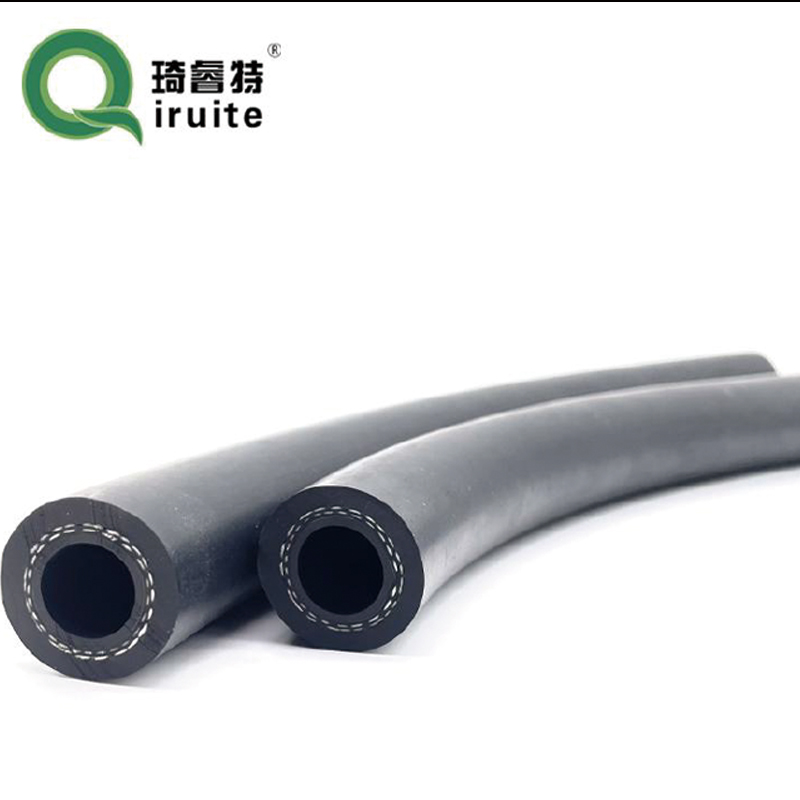Replacement Power Steering Hose for Ford F250 Truck Performance and Reliability Upgrade
Understanding the Ford F250 Power Steering Hose Importance and Maintenance
The Ford F250, known for its robust performance and reliability, stands as a popular choice among truck enthusiasts and those needing a heavy-duty vehicle for work or recreation. One crucial component of the F250's steering system is the power steering hose, which plays a vital role in ensuring the vehicle's maneuverability and overall driving experience. In this article, we'll delve into the significance of the power steering hose, common issues associated with it, and essential maintenance tips to keep your F250 functioning optimally.
What is the Power Steering Hose?
The power steering hose is a critical part of the vehicle's power steering system. Its primary function is to transport power steering fluid from the pump to the steering gear, allowing for smooth and effortless steering. The system operates under pressure, which helps in maneuvering the vehicle with minimal effort. The Ford F250 typically has two hoses the high-pressure hose, which carries fluid under pressure from the pump to the steering gear, and the return hose, which brings fluid back to the pump at a lower pressure.
Importance of the Power Steering Hose
The efficiency of the power steering system is significantly influenced by the condition of the power steering hose. Any damage, wear, or leaks in the hose can lead to a loss of steering fluid, resulting in reduced steering assistance. This not only makes it harder to maneuver the truck, especially at lower speeds or during parking, but can also lead to increased wear on other components of the steering system and even potential damage to the power steering pump itself.
Common Issues with the Power Steering Hose
1. Leaks One of the most common problems is a leak in the power steering hose. This can occur due to wear and tear, exposure to extreme temperatures, or physical damage. Symptoms of a leaking hose often include a loss of steering fluid, which can be identified by puddles or stains on the ground where the vehicle is parked.
ford f250 power steering hose

2. Cracking and Deterioration Over time, the rubber materials in the power steering hose can crack or degrade, compromising their integrity. This deterioration can lead to fluid leaks and reduced performance of the steering system.
3. Kinking or Blockage If the hose becomes kinked or blocked, it can restrict the flow of power steering fluid, leading to sluggish steering response. This can be particularly dangerous in situations requiring quick maneuvers.
Maintenance Tips for Your Ford F250 Power Steering Hose
1. Regular Inspections Regularly check the power steering hoses for signs of wear, cracking, or leaks. Look for fluid stains on the driveway and inspect the hoses visually for any physical damage.
2. Fluid Checks Keep an eye on your power steering fluid levels. If you notice a decline in the fluid level without a clear indication of a leak, it may suggest an issue within the hose or the steering system.
3. Professional Servicing If you suspect any problems with the power steering hose or if it requires replacement, it’s advisable to consult a professional mechanic. They can perform a thorough inspection and replace the hose if necessary, ensuring that your steering system functions correctly.
4. Quality Parts When replacing the power steering hose, opt for high-quality OEM (Original Equipment Manufacturer) parts to ensure compatibility and durability. Cheap alternatives may save money initially but can lead to more significant issues down the line.
In conclusion, the power steering hose in your Ford F250 is an essential component that directly affects the vehicle's handling and performance. Regular maintenance and timely repairs can prevent more serious problems, ensuring that your truck remains reliable and enjoyable to drive for years to come.
-
Ultimate Spiral Protection for Hoses & CablesNewsJun.26,2025
-
The Ultimate Quick-Connect Solutions for Every NeedNewsJun.26,2025
-
SAE J1401 Brake Hose: Reliable Choice for Safe BrakingNewsJun.26,2025
-
Reliable J2064 A/C Hoses for Real-World Cooling NeedsNewsJun.26,2025
-
Heavy-Duty Sewer Jetting Hoses Built to LastNewsJun.26,2025
-
Fix Power Steering Tube Leaks Fast – Durable & Affordable SolutionNewsJun.26,2025

